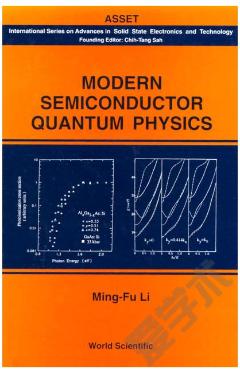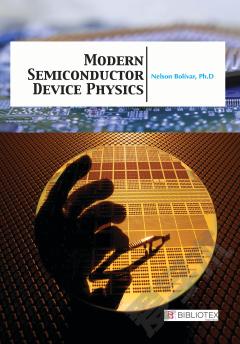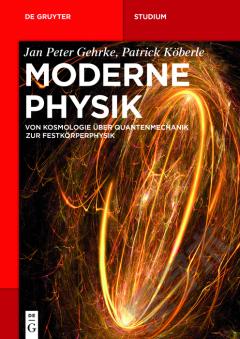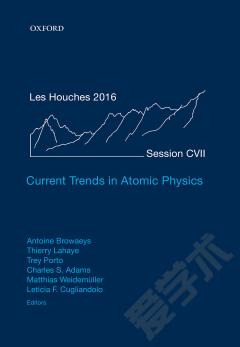Modern Semiconductor Quantum Physics
Modern Semiconductor Quantum Physics has the following constituents: (1) energy band theory: pseudopotential method (empirical and ab initio); density functional theory; quasi-particles; LCAO method; k.p method; spin-orbit splitting; effect mass and Luttinger parameters; strain effects and deformation potentials; temperature effects. (2) Optical properties: absorption and exciton effect; modulation spectroscopy; photo luminescence and photo luminescence excitation; Raman scattering and polaritons; photoionization. (3) Defects and Impurities: effective mass theory and shallow impurity states; deep state cluster method, super cell method,Green's function method; carrier recombination kinetics; trapping transient measurements; electron spin resonance; electron lattice interaction and lattice relaxation effects; multi-phonon nonradiative recombination; negative U center, DX center and EL2 Defects. (4) Semiconductor surfaces: two dimensional periodicity and surface reconstruction; surface electronic states; photo-electron spectroscopy; LEED, STM and other experimental methods. (5) Low-dimensional structures: Heterojunctions, quantum wells; superlattices, quantum-confined Stark effect and Wannier-Stark ladder effects; resonant tunneling, quantum Hall effect, quantum wires and quantum dots.This book can be used as an advanced textbook on semiconductor physics for graduate students in physics and electrical engineering departments. It is also useful as a research reference for solid state scientists and semiconductor device engineers.
{{comment.content}}








 京公网安备 11010802027623号
京公网安备 11010802027623号